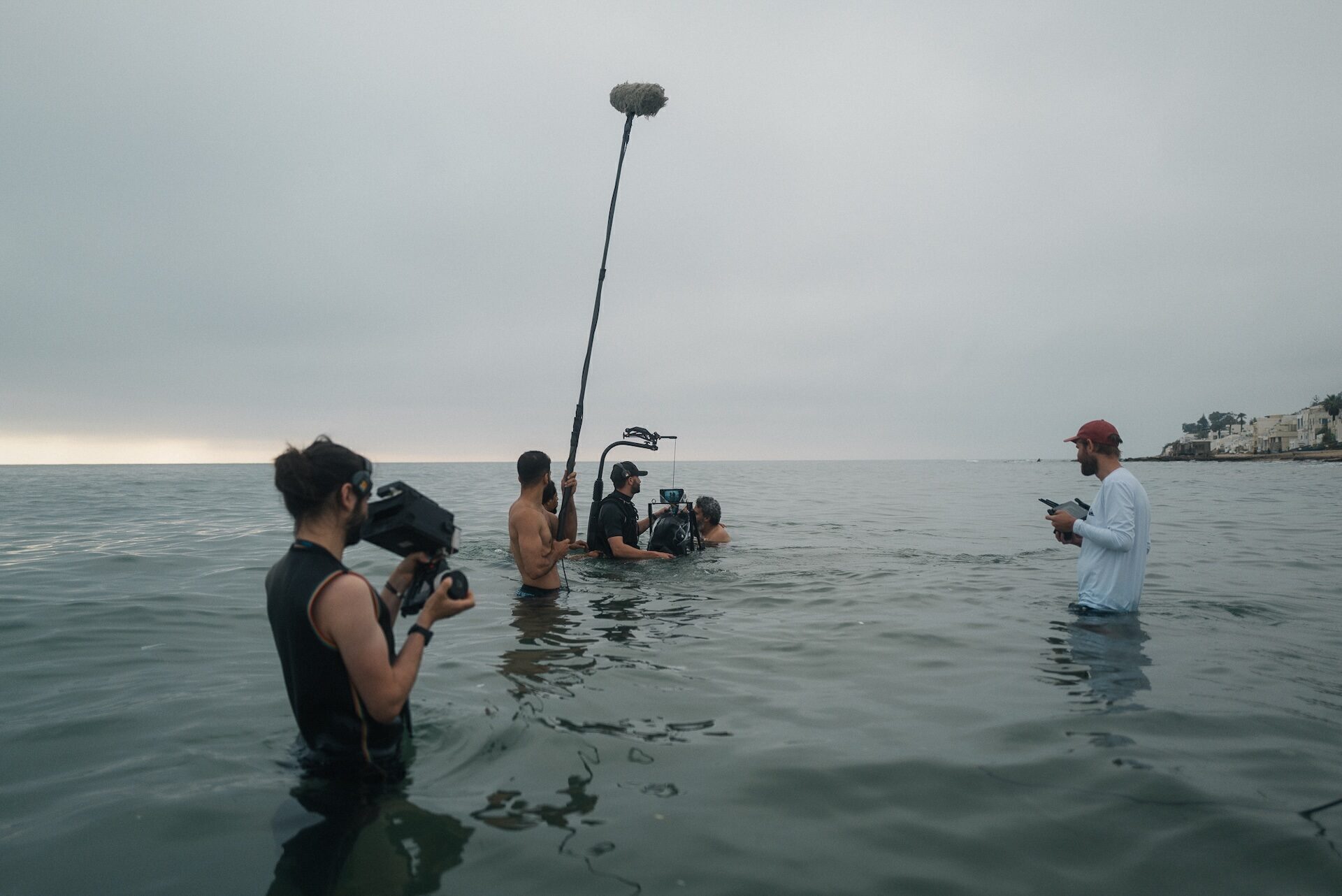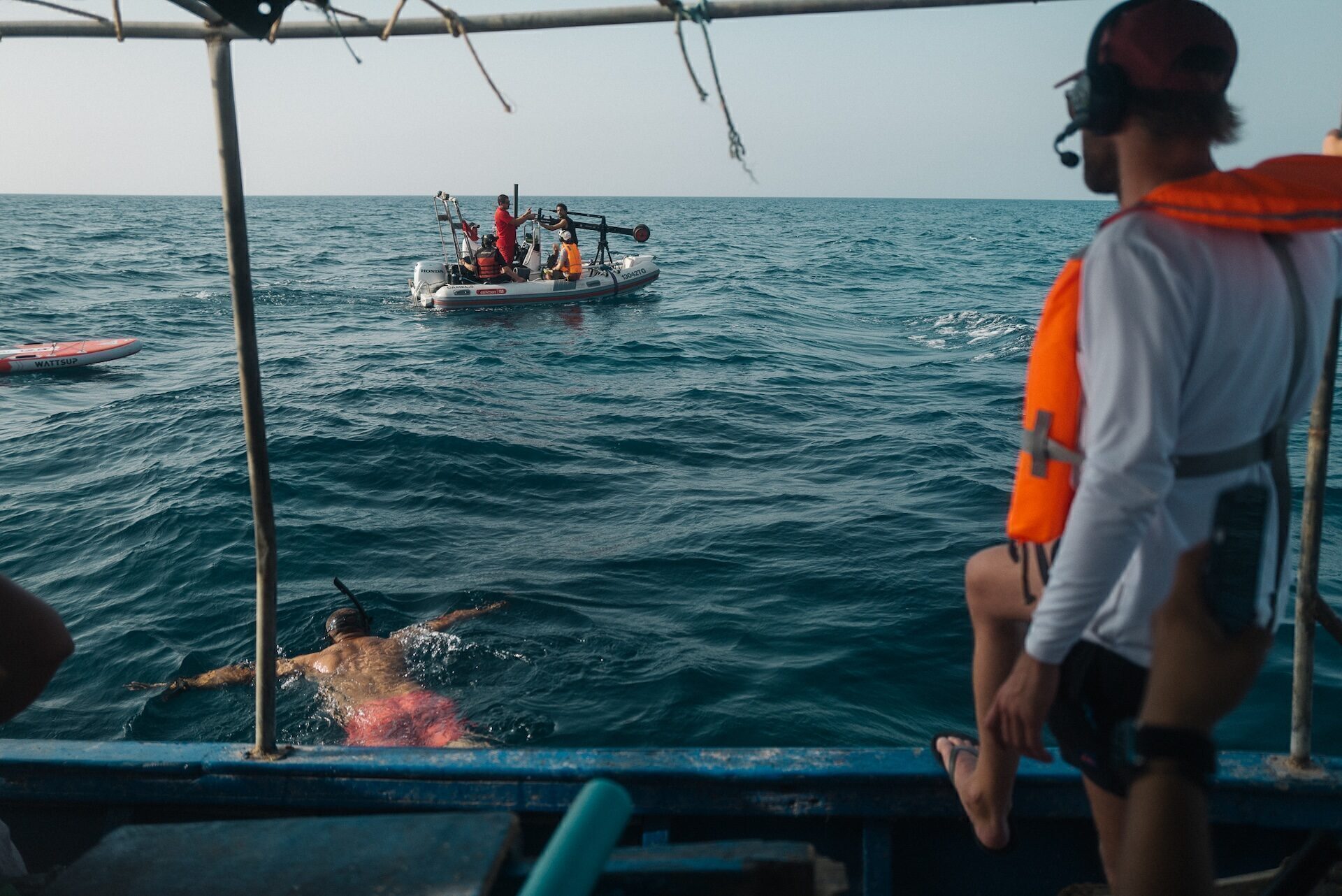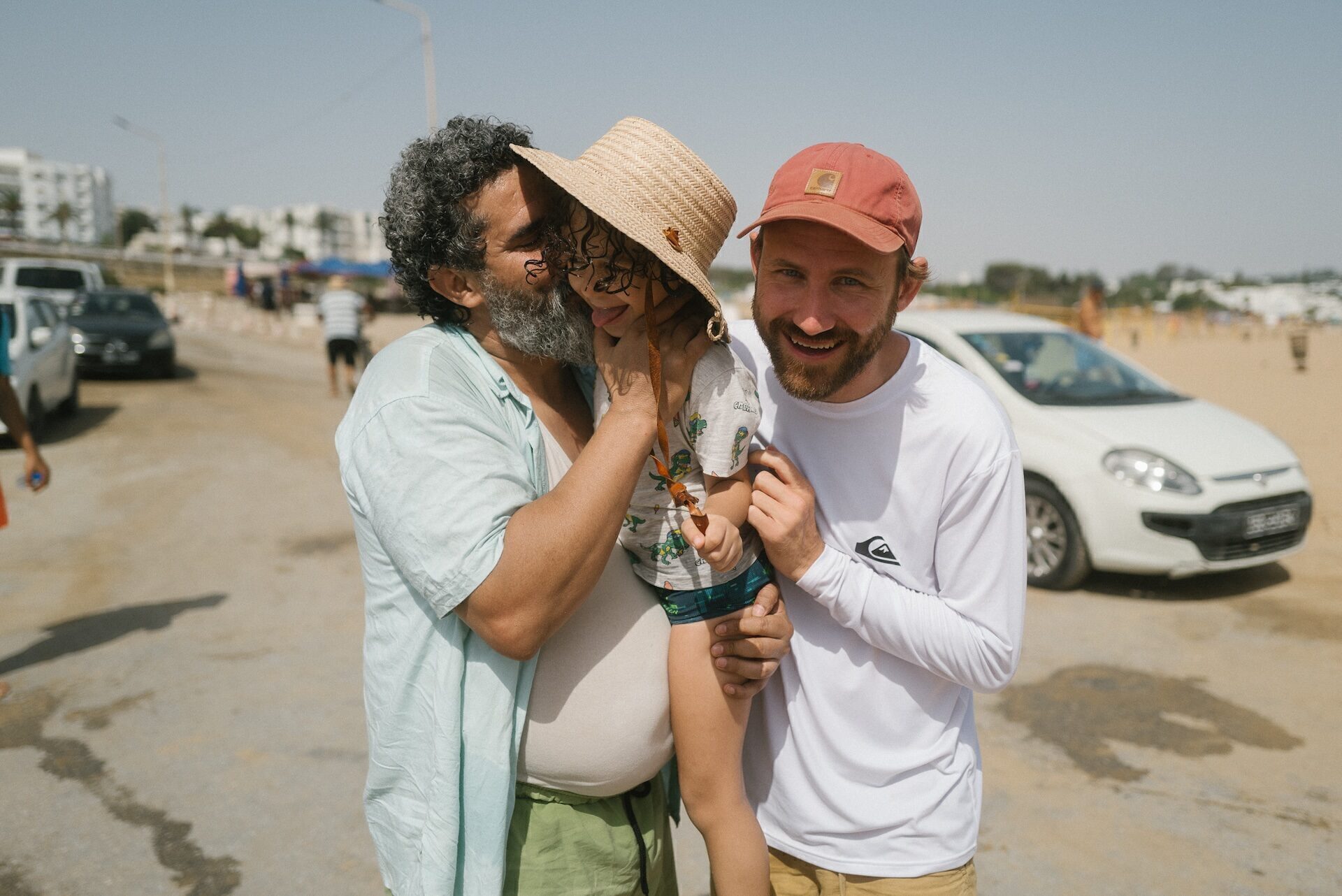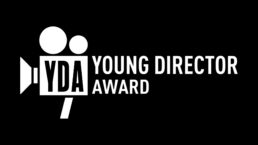The film carries a deeply urgent message. What was the original brief from Sea-Eye, and how did you translate that into your creative approach?
The original brief was pretty clear: shine a light on a topic that’s long been forgotten by the media. The thing is, people are still dying trying to cross the ocean, and Sea-Eye needs donations to keep their boats running, rescuing people, until governments finally decide to step up and change the laws.
Why did you decide to frame the story through something as intimate and universal as a parent teaching a child to swim?
For the film, we wanted to start with something simple and emotional, like teaching your kid how to swim. Something every parent can relate to, and even those without kids, through their own childhood memories. But the goal wasn’t to make people sad, we wanted to make them think. To help them understand what’s really happening out there.
You’ve said it’s not just about “people looking for a better life” — can you talk about the reality for children making this journey?
It’s often kids who have no choice at all. And they’re forced to take one of the most dangerous migration routes, often with the worst equipment imaginable.
Casting was crucial for this film. How did you approach working with non-professional actors in Tunisia?
The biggest challenge in making the film was finding local actors who felt right for the characters. I wasn’t looking for polished professionals with long CVs. I wanted people who felt real. The kind of faces and energy that grab your heart within seconds.
The relationship between the boy and his film father feels incredibly authentic. How did you develop that bond?
Our young lead was incredible. So full of joy and fun. He instantly clicked with his film dad, which was absolutely key for the story to work. The day before the shoot, we spent a few hours just being in the ocean, getting used to each other. I still had a bit of school French, which helped me direct him a little, but the stronger bond was really between him and the father. So I mainly directed him through that connection. I gave notes here and there, hand signals, broken French, body language, but the dad was my secret weapon.
The final scene is incredibly moving. What was it like filming that moment?
For the final scene, I even jumped into the water with our boy to comfort him and really hold the emotion of that powerful moment. And when we swam and he said those words—“swim like a fish”—I just knew we had created something meaningful.
You’ve described the boy as having never seen a camera before. What was it like guiding him through such an emotional role?
Our kid had never seen a camera before, but I think by giving him space and surrounding him with great people, he felt like a little movie star. And honestly? His acting was fantastic.
Tunisia plays such an important role in grounding the story. What drew you to shooting there?
I loved the location in Tunisia, it had a raw honesty to it. The beach wasn’t picture-perfect, but it felt true to life. The kind of place where real people learn to swim or hang out.
The edit and score both carry a lot of weight in shaping the final emotional tone. How did those elements evolve?
The film itself came together pretty straightforward in the edit. We stayed close to our original vision from the script. Of course, not everything works perfectly on set—especially when you’re relying on natural light. So we had to come up with a few smart ideas to “fix it in post”. But it worked out.
Music and sound design really evolved during post-production. Together with Nik Kohler, String and Tins, and 2wei music, we explored a lot of directions before landing on that beautiful, filmic score. It took time, but I’m really proud of where we ended up.
Were there any production challenges that shaped the final film in unexpected ways?
We did have to shorten some scenes. We thought we had more time, but the conditions weren’t always easy—sometimes we only had two or three seconds of usable footage before a wave challenged our DP Jan David Gunther or our actors. So yeah, in terms of rhythm, the film ended up a bit tighter than originally planned.


















